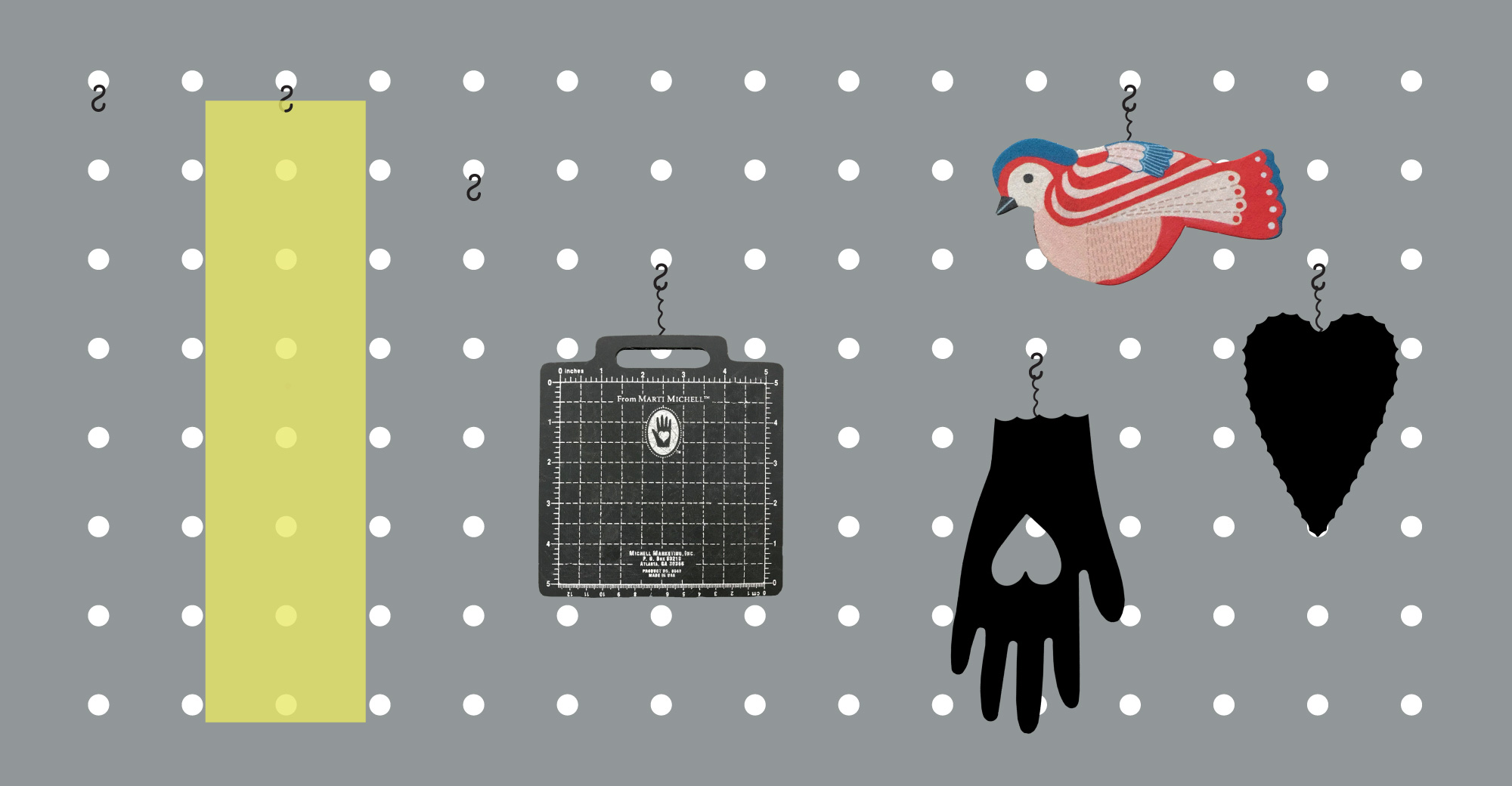
Marti Michell
July 6 - Nov 15, 2018
and the Business of Quilts

In 1941 Martha Ann Glenn was named Iowa’s Healthiest Girl Baby. Fanfare surrounded the prize, generating newspaper stories, congratulations from far-flung friends and relatives, and endorsement opportunities for Quaker Oats, Colonial Bread, and Meadow Gold Butter. Over the years, the line between memorabilia and actual memory grew fuzzy. Growing up amid the stories and images of herself as a champion, Martha thought of herself as fundamentally robust and resilient. She was always confident in her wherewithal to succeed.
A high school trip to the Des Moines headquarters of the Meredith Corporation—publisher of Better Homes & Gardens—was formative. Martha always loved seeing how things were made, and a view of the printing plant made a strong impression. Touring the company’s offices, test kitchens, and photo studios, she glimpsed women in charge, and career opportunities.
At Iowa State University, Michell, now nicknamed “Marti,” majored in Home Economics. The discipline was originally created as a backdoor for women into higher education. A focus on areas like nutrition and textiles, and the essentials of food and clothing, was meant to professionalize domestic labor—“women’s work.”
After graduation, Michell worked at the Wichita Dairy Council Office. Marketing—the exercise of shaping consciousness about consumables—was a natural fit, and she honed an ability to cultivate enthusiasm for products. Ten years later, having moved to Atlanta, Georgia, she started teaching sewing classes. It was 1970, and her students—adult women—craved the opportunity to use their hands, and to commune with other women in an environment that was creative and social.
Like so many entrepreneurial trajectories, Marti Michell’s rested on the ability to recognize a demand, and her own suitability to fill it. Her business became a family affair. Today, she presides over its latest iteration, and is inclined to consider her own legacy. “I would never call myself an artist. You don’t have to be an artist to want to make something. I wanted to help people make things they could live with forever.”
Marti Michell wants people to appreciate the commercial side of quilting—the degree to which the industry has provided livelihoods for many, and a creative outlet for people who are not artists. Recalling the seminal 1981 Oakland Museum show, American Quilts: A Handmade Legacy, she says, “I loved it because there were stories and objects, and not just quilts on a wall.”
This exhibition presents stories and objects that describe both an individual, and an industry that did not exist 50 years ago. Both are in the business of selling tools and templates designed to make things that are nice but unnecessary. Things that exist primarily for the sake of being made, or crafted.
- Lydia Neuman, curator